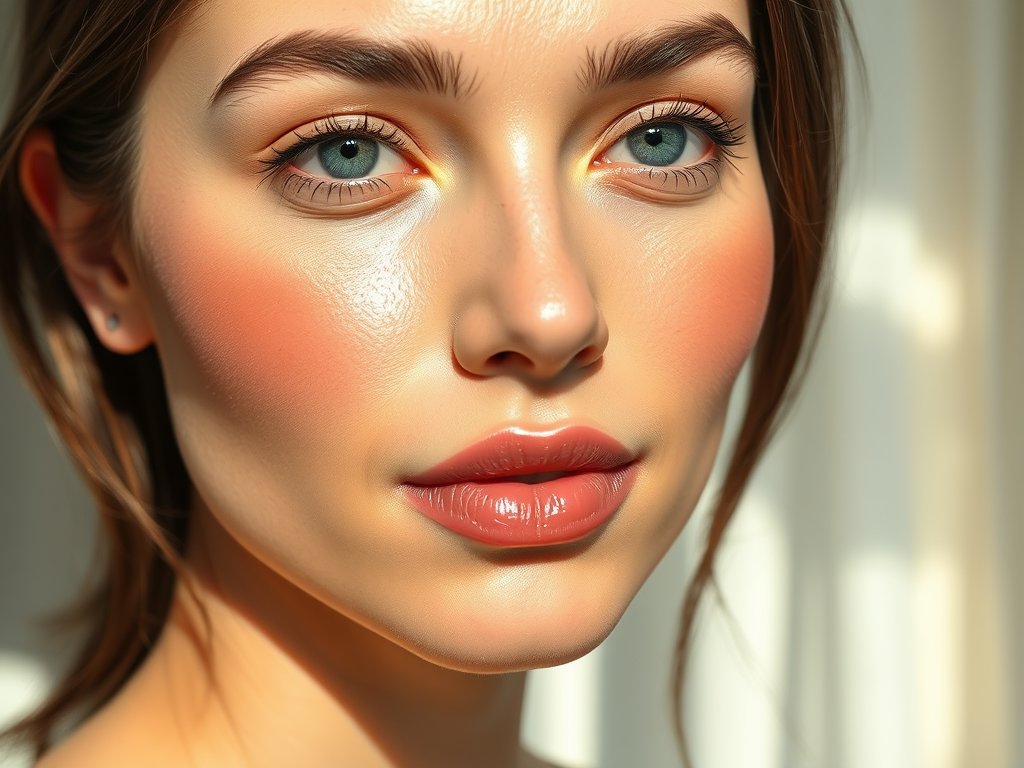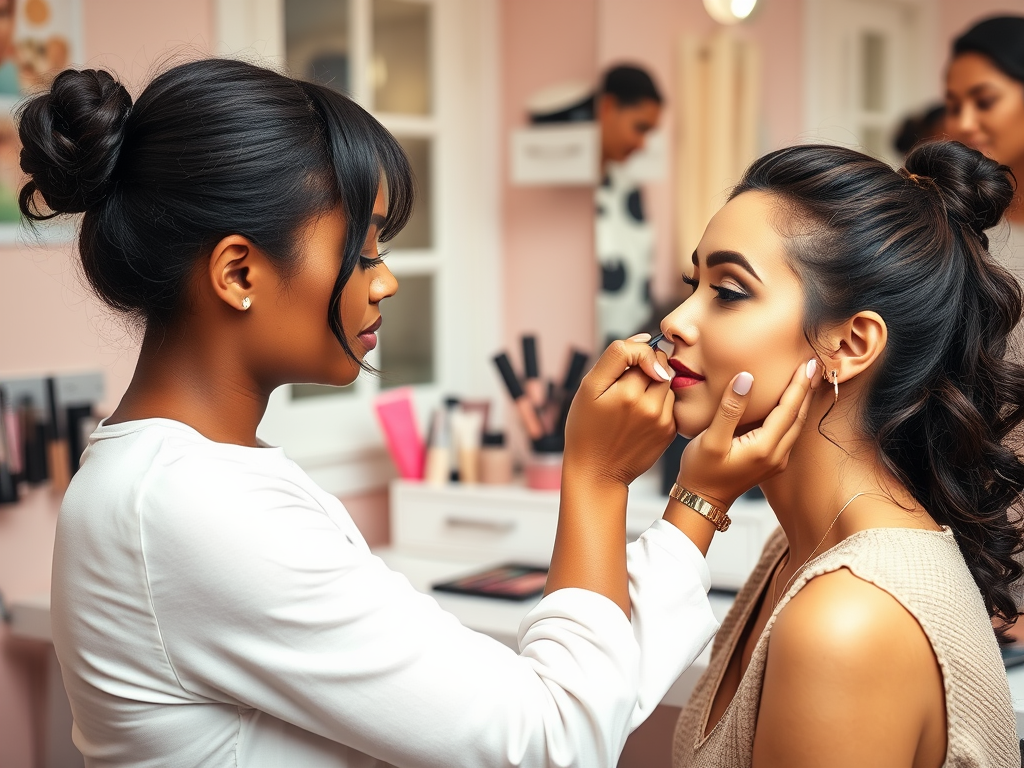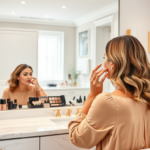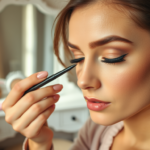Makeup can be an art form, transforming not just your appearance but also your confidence. With a myriad of products and techniques available, the journey to mastering a full face of makeup can feel overwhelming. Fear not; the key to achieving a stunning look lies in understanding the essentials of makeup application. From the perfect foundation to the final finishing touches, every step plays a critical role in creating a flawless finish. In this guide, we’ll break down the stages of makeup application and provide expert tips to help you shine. Dive in and discover how to elevate your makeup game!
Understanding Your Skin Type

The foundation of any great makeup application starts with recognizing your skin type. Choosing products tailored to your skin’s unique needs guarantees better results. An effective approach to selecting your makeup can be derived from understanding your skin condition and its attributes. This knowledge allows you to enhance your natural beauty rather than mask it. Below are the different skin types to consider:
- Oily Skin: Characterized by a shiny appearance and larger pores.
- Dry Skin: Typically has a flaky texture and less elasticity.
- Combination Skin: A mix of oily and dry areas, often oily in the T-zone.
- Sensitive Skin: Skin that is prone to redness, irritation, or allergic reactions.
Preparing Your Canvas

Preparation can truly make or break your makeup application. Laying the right foundation involves cleansing and hydrating your skin properly. The products you choose need to target your skin’s specific requirements. A good routine can also extend the wear of your makeup. Begin with a cleansing regimen to remove impurities, and never skip moisturizing. A well-chosen moisturizer should hydrate your skin without making it greasy.
| Skin Type | Recommended Products |
|---|---|
| Oily Skin | Oil-free moisturizer, mattifying primer. |
| Dry Skin | Hydrating moisturizer, silicone-based primer. |
| Combination Skin | Lightweight moisturizer, balancing primer. |
| Sensitive Skin | Fragrance-free moisturizer, gentle primer. |
Foundation Application Techniques
The foundation acts as your canvas for the rest of the makeup. Selecting the right formula is crucial for achieving the desired finish. Liquid foundations are popular because of their adaptability and range of finishes. Conversely, powder foundations offer buildable coverage and are often more breathable. When it comes to applying foundation, technique matters immensely. The right method enhances blending and ensures a flawless application.
Enhancing Features with Concealer and Contour
Once you have a solid foundation, it’s time to enhance your features. Concealers are instrumental in hiding blemishes and imperfections. Choosing a creamy formula that matches your skin tone is essential for a natural finish. For those looking to sculpt their features, contouring becomes an art. Using contour in harmony with your highlighted areas can create depth, making your cheekbones pop!
- Concealer Tips: Use a lighter shade to brighten dark circles and a matching shade for blemishes.
- Contouring Placement: Focus on hollows of cheeks, jawline, and sides of the nose.
- Highlighting: Apply strategically on the cheekbones, brow bones, and bridge of the nose.
Conclusion
Crafting a full face of makeup is a blend of knowledge and technique. With the right products tailored to your skin type, your makeup can dramatically enhance your natural beauty. Each step, from preparation to finishing touches, holds significance in achieving that desired look. There is no one-size-fits-all approach, as understanding your unique features is vital. By following the tips outlined in this guide, you can confidently navigate through the makeup process. Remember, the ultimate goal is to feel empowered and beautiful in your skin.
Frequently Asked Questions
- What type of foundation is best for oily skin? A matte foundation or oil-free formula would be ideal to control shine.
- How do I know which colors of blush to choose? Opt for blushes that mimic a natural flush; peachy tones for warmer skin tones and pinks for cooler tones.
- What is the purpose of a makeup primer? A primer helps to create a smooth base for foundation, enhances makeup longevity, and can target specific skin concerns.
- Can I skip powdering my face? If you have dry skin, you may skip powder, but oily skin types can benefit greatly from setting powder.
- How do I apply highlighter for the best effect? Highlighter should be applied to the high points of your face, such as the cheekbones, brow bones, and the bridge of your nose.


